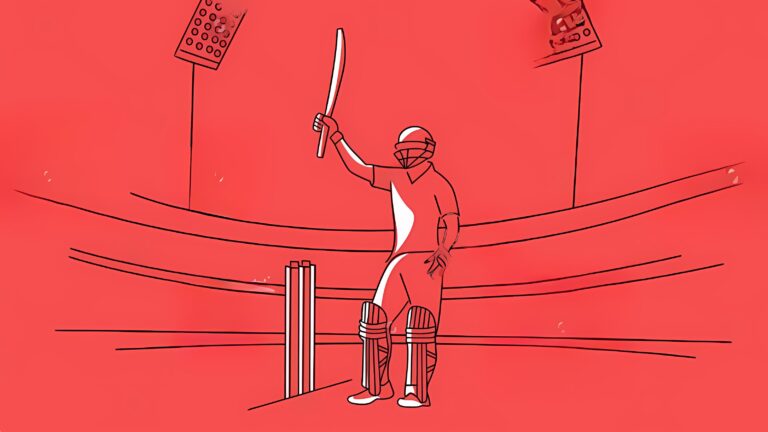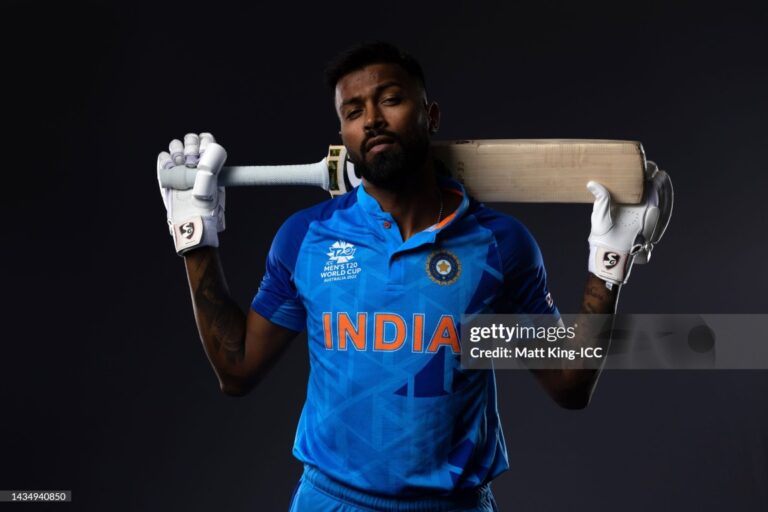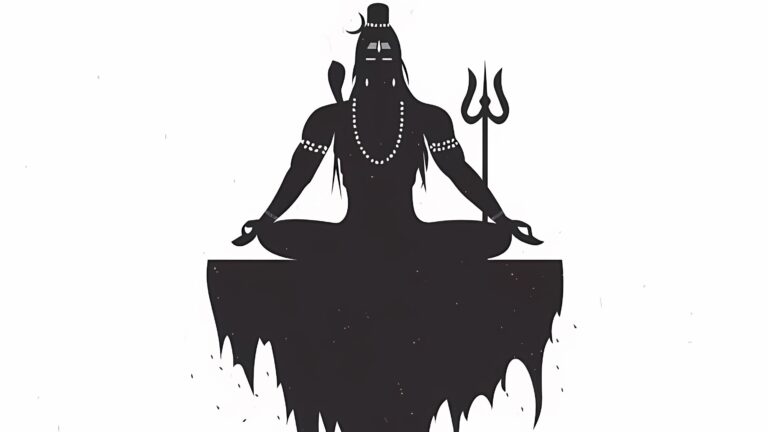In the glitz and glamour of cricket’s most extravagant extravaganza, the Indian Premier League (IPL), where millions tune in to witness breathtaking performances, there lies a shadowy underbelly that often goes unnoticed. While the IPL has undoubtedly revolutionized the game, offering unparalleled opportunities for players worldwide, its dark side raises pertinent questions about the long-term implications it holds for the future of cricketers.
Table of Contents
ToggleIPL: The Pressure Cooker Environment
The IPL’s high-stakes, fast-paced nature creates an intense pressure cooker environment, where performance is paramount and scrutiny relentless. Young talents thrust into this spotlight face immense pressure to deliver consistently, often at the expense of their mental and physical well-being. The relentless schedule, combined with the weight of expectations, can take a toll on players, impacting their overall development and longevity in the sport.
Risk of Injuries
With the IPL’s demanding schedule, packed with back-to-back matches and extensive travel, players are susceptible to injuries. The quest for immediate success often pushes athletes to push their limits, increasing the risk of burnout and long-term injuries. While franchises invest heavily in player fitness and rehabilitation, the toll on players’ bodies can have lasting effects, potentially jeopardizing their careers beyond the IPL.
Distraction from National Duty
For cricketers representing their respective countries, the IPL poses a double-edged sword. While the league offers unparalleled exposure and financial rewards, it also presents a significant distraction from international duties. The lure of the IPL’s lucrative contracts can tempt players to prioritize franchise commitments over national team obligations, leading to conflicts of interest and potential rifts within the cricketing fraternity.
Financial Disparities and Player Welfare
While marquee players command astronomical salaries in the IPL, the financial disparities within the league are stark. Many domestic players, despite their contributions to their respective teams’ success, earn modest incomes compared to their international counterparts. This glaring inequality not only undermines the value of domestic talent but also raises questions about the league’s commitment to player welfare and equitable distribution of resources.
Impact on Grassroots Cricket
The IPL’s meteoric rise has reshaped the cricketing landscape, with a growing emphasis on T20 cricket at the expense of traditional formats. While the league has popularized the sport and inspired a new generation of fans, its commercialization has led to a decline in grassroots cricket development. The allure of T20 riches may divert young talents from honing their skills in longer formats, potentially compromising the depth and diversity of talent pool in the long run.
While the IPL has undoubtedly transformed cricket into a global spectacle, its dark side warrants careful consideration. The league’s relentless pursuit of commercial success and entertainment value must not come at the expense of player welfare and the long-term sustainability of the sport. As stakeholders, it is imperative to address the inherent challenges and strike a balance that ensures the IPL remains a catalyst for positive change in cricket while safeguarding the future of cricketers worldwide. Only then can we truly harness the potential of this cricket juggernaut for the greater good of the game and its players.
Exploitation of Young Talent
The IPL’s emphasis on star power and instant gratification can lead to the exploitation of young, emerging talent. Franchises often prioritize established players over promising rookies, relegating the latter to bench roles or limited opportunities. This lack of exposure and playing time can hinder the development of young cricketers, depriving them of crucial learning experiences and hindering their progression in the sport.
Performance Anxiety and Mental Health Concerns
The relentless scrutiny and high expectations in the IPL can exacerbate performance anxiety and mental health issues among players. The pressure to excel in every match, coupled with the fear of failure, can take a severe toll on players’ mental well-being. Despite increased awareness and initiatives to address mental health in cricket, the IPL’s cutthroat environment may exacerbate existing issues or deter players from seeking help due to concerns about their careers and public image.
Influence on Cricketing Priorities
The IPL’s immense popularity and financial clout have led to a shift in cricketing priorities, with players and boards increasingly prioritizing T20 leagues over international cricket. The allure of lucrative contracts and reduced workload in T20 leagues can tempt players to retire prematurely from international cricket or prioritize franchise commitments over national team duties. This trend not only dilutes the quality of international cricket but also undermines the significance of representing one’s country at the highest level.
Integrity and Ethical Concerns
The IPL’s rapid growth and astronomical sums involved have raised concerns about integrity and ethical standards within the league. Instances of match-fixing, spot-fixing, and corruption have tarnished the IPL’s reputation and eroded public trust in the integrity of the game. Despite efforts to curb malpractices through stringent regulations and surveillance measures, the allure of illicit gains continues to pose a threat to the credibility and integrity of the IPL and cricket as a whole.
Environmental Impact
The IPL’s extravagant spectacle, characterized by lavish ceremonies, extensive travel, and stadium infrastructure, has significant environmental implications. The carbon footprint generated by the league’s operations, including travel, energy consumption, and waste generation, contributes to environmental degradation and climate change. As concerns about sustainability grow worldwide, the IPL must prioritize eco-friendly practices and initiatives to mitigate its environmental impact and promote responsible stewardship of resources.
Conclusion
While the IPL has undoubtedly revolutionized the cricketing landscape, its dark side encompasses a myriad of challenges that demand urgent attention. From the exploitation of young talent to the erosion of cricketing values, the league’s impact extends far beyond the boundaries of the cricket field. As stakeholders, it is incumbent upon us to address these issues holistically, fostering a culture of accountability, integrity, and sustainability within the IPL and the wider cricketing ecosystem. Only by confronting the dark side of the IPL can we realize its full potential as a force for positive change in the world of cricket.
.












+ There are no comments
Add yours